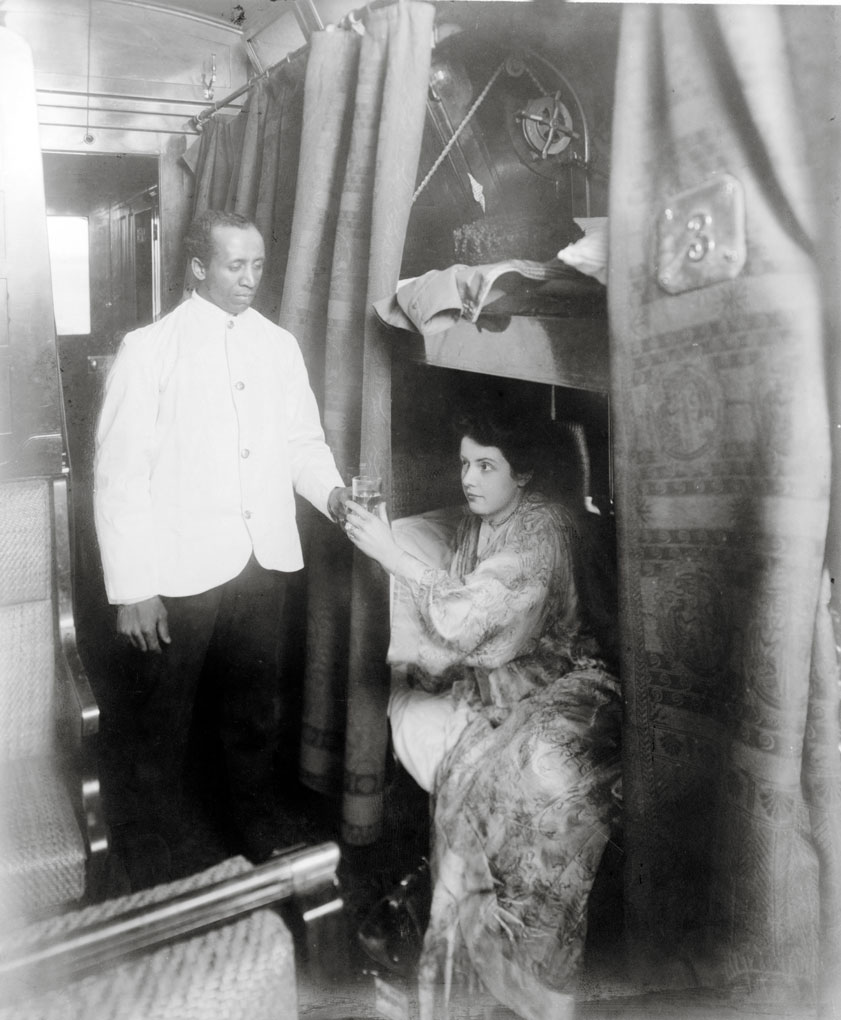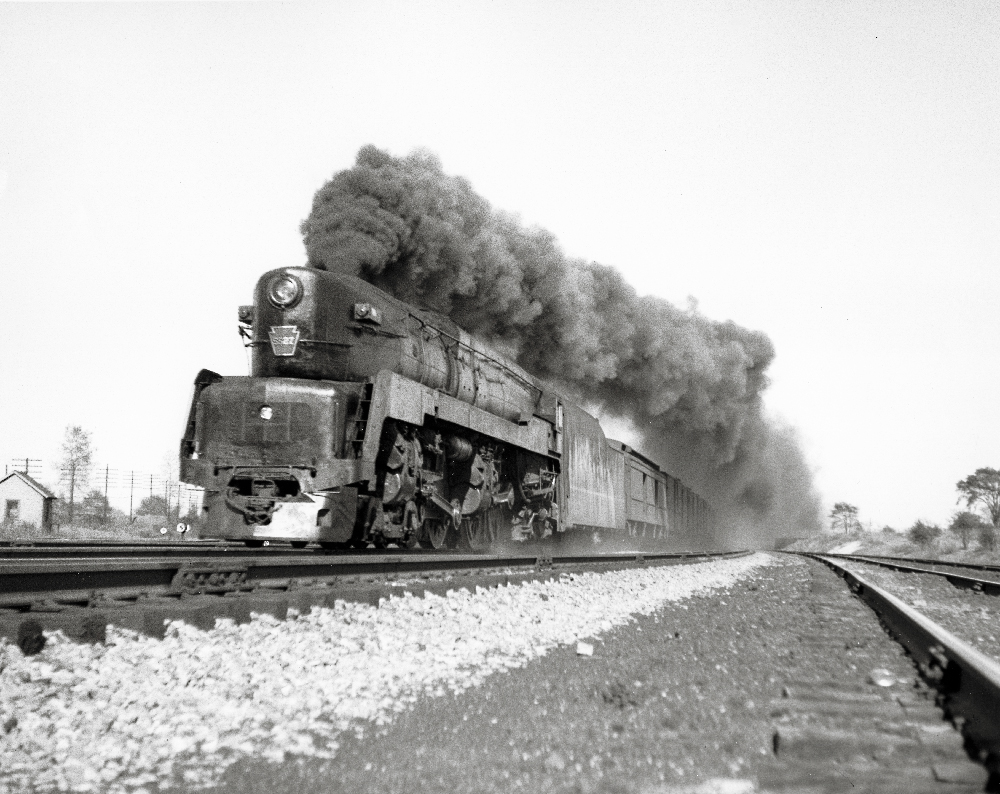Learn how they did it with this excerpt from one of Trains’ newest DVD’s, Journey To Promontory, available from the Kalmbach Hobby Store.
EXCERPT TRANSCRIPT:
Dave Seidel, Union Pacific Museum volunteer: We are here where the Union Pacific railroad began. On the west banks of the Missouri River in Omaha, Nebraska. The first major event was a groundbreaking ceremony on December 2, 1863. Nothing happened more to the railroad due to the Civil War. By the first week in June of 1865, the actual construction of the railroad began in earnest. The first week of July, raw material began to arrive in earnest and was unloaded on the steam ships here at the docks at the base of the river. On July 2, the locomotive arrived in parts. It came in crates and was assembled on the ground. It became Locomotive Number One and was eventually named the General Sherman. On July 10, the actual iron rail began to arrive.
Utah Gov. Gary R. Herbert: Well, I think the biggest challenge was it’s just a hard effort, you know, to clear a pathway. They tried to follow what we call the Mormon Trail, but laying rail through the plains and the desert, it was a hard thing under the best of circumstances. My gosh, that’s almost a feat that’s hard to comprehend back at that time.
Lucas Hugie, Golden Spike Historic Site park ranger: The two biggest obstacles to building the railroad were the Sierra Nevada Mountains in California, people didn’t think you could actually build through those mountains, they’re solid granite. So it took Theodore Judah, whose nickname was Crazy Judah, to convince four Sacramento businessmen that yes, you can build through these mountains.
Phil Sexton, California State Parks interpreter: But they still had the challenge of balancing the building between the metamorphic rocks that overlay the granite, plus the granite, which is some of the hardest granite in the world and they had to carve a roadbed out of that solid rock and progress was very, very, very slow.
Richard Koenig, Kalamazoo College: The Summit Tunnel or Tunnel 6 on the Central Pacific is really a fascinating place to visit. It’s an unlined tunnel and it goes under Donner Summit. An interesting thing about it because it’s unlined you can actually see bore marks that the Chinese workers made still to this day, 150 years later.
Phil Sexton: And the Sierra was logistically and physically the most demanding part of that because there’s a stretch that leads up to Donner Summit where there are 12 tunnels in a matter of about six miles including Tunnel 6, which at the time was the longest railroad tunnel being built in the world at 1654 feet long. The process of building these tunnels is really arduous. It is in solid, very hard granite.
Patricia LaBounty, Union Pacific Museum curator: Nitroglycerine was so unstable that Central Pacific chose to only use it on the Summit Tunnel during that construction. Now, the construction of this tunnel is really fascinating because Central Pacific crews were working on this tunnel on four faces simultaneously. They were working from the east, they were working from the west, and they also drilled a shaft down from the top of the summit to meet the grade of the tunnel and were working backwards to the east and to the west. Amazingly, they met up and this tunnel was completed. Union Pacific, by contrast, had four tunnels to complete, all very difficult, but all used with traditional gunpowder.
Richard Koenig: Every one of those 15 tunnels could be considered a monument to the Chinese workers. There is one wall that is named after them specifically and that’s China Wall. It lies between Tunnel 7 and Tunnel 8. It’s a very short distance and China Wall sits right there. I think it’s really interesting that it’s named in the honor of them.














It irritates me that Union Pacific more or less ignored the accomplishments of the Central Pacific during their sesquicentennial celebration. They sent a museum car to Sacramento and that was the extent of it. They should have ran the Big Boy all the way there. Images and videos from Donner Pass would have been magnificent. Nice way to drop the ball UP.